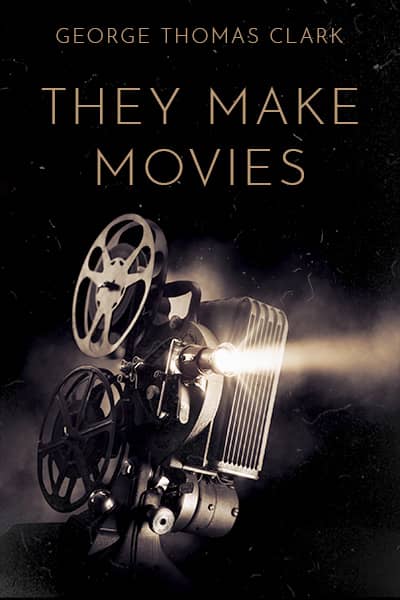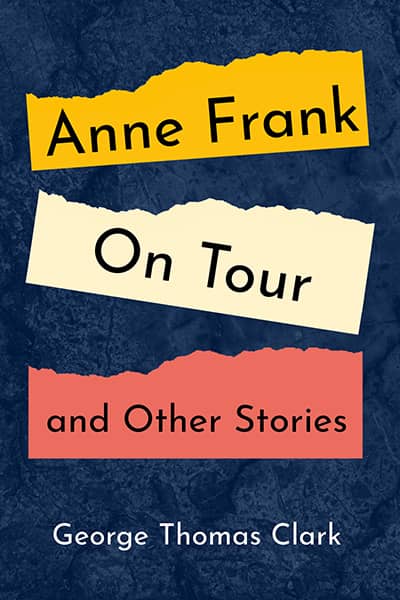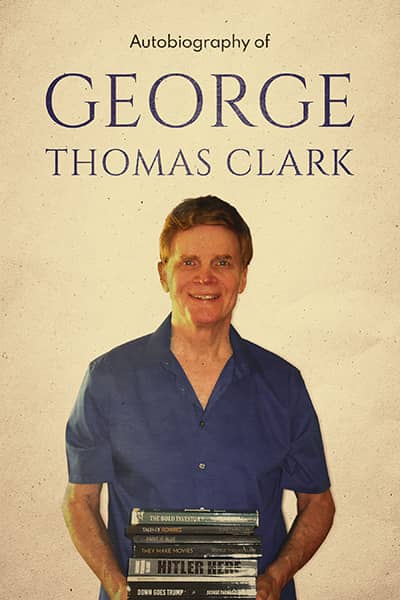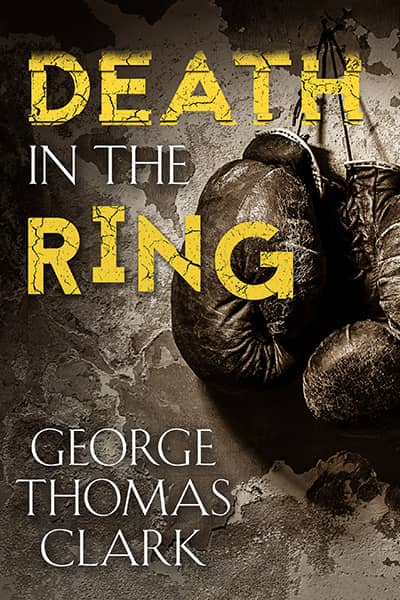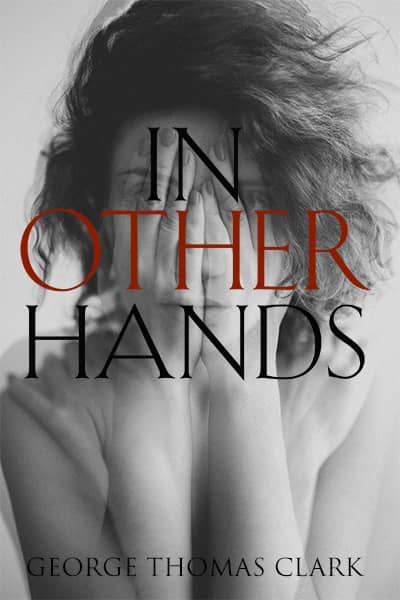Women in Television News
August 21, 2012
In the vast and luxurious clubhouse of Seven Oaks Country Club, the League of Women Voters of Kern County hosts three female veterans of television news broadcasting in Bakersfield. Prior to their appearance the audience is treated to cashews and cake and a political history lesson: eleven states allowed women’s suffrage before the Nineteenth Amendment was ratified in 1920, theoretically granting all women the right to vote; this struggle for equal rights began shortly after the Civil War; and now more eligible women than men vote. These points are doubtless noted by two politicians at my table, Mayor Harvey Hall and Pedro Rios, a Republican candidate for the state assembly.
The guests of honor, attired in their on-air best this Sunday afternoon, sit at a table in front and first answer questions from their hostesses and then the audience.
Jackie Parks, news anchor at KERO-Channel 23, began her television career in Great Falls, Montana, moved up to the Billings market, and for more than twenty years has worked in Bakersfield. She describes her job as “fascinating and difficult” but worries about her daughter entering the business since “the audience can be brutal. They rip apart women’s appearance but men don’t get the same abuse. People are unforgiving if you have a bad day in appearance or performance. They also call or write when they don’t like your work, not when they like it.”
Inside the newsroom Parks enjoys a more congenial atmosphere. Long ago, for a year and a half, she was “the only woman” there and the place “turned into a locker room.” The profane male camaraderie “changed when another woman arrived. Now there are a lot more women and it’s hard to find men.” They seek jobs that pay more.
One of Parks’ most gratifying experiences occurred when she covered a family in Oildale that dwelled in a trailer in “extreme poverty.” That Christmas season she took the family bowling and then out for pizza and gave each person a present. One of the children, a little girl, asked, “Are you Santa Claus?”
Carol Ferguson, a general assignment reporter for KBAK-Channel 29, started in radio before switching to television. She says her job is full of “deadlines and pressure and doesn’t pay much money. But I never know what’s going to happen when I arrive in the morning. One time I covered a homeless family that had been camping by the Kern River, and the husband disappeared into the water. His wife told me she saw his ‘big brown eyes’ go under. Then she hugged me.”
Ferguson, a petite four-foot-eleven, is feisty in pursuit of stories, but she concedes once being frightened by a “homeless man with something green growing out of his face.” When he approached, Ferguson did not seek an interview.
Alissa Carlson, chief meteorologist for KGET-Channel 17, inspired by her mother who was a reporter, became an anchor at age nineteen in the Quad Cities area of Iowa and Illinois. She thought her career had been launched but was laid off and moved to Greenville, North Carolina. While working she finished her college degree online and obtained a “Beverly Hills agent” who flew her to Bakersfield in 2007. “It must’ve been the hottest day of the summer,” she says. “I was shocked by the heat rising from the tarmac, and I thought no way I’m living here long, a year or two at most.”
Carlson notes the competitive nature of the business has made her stronger but thinks she “should feel more needy.” She’s also on guard against inhuman competition, computers that pump out atmospheric predictions. “I try to discredit their weather forecasts. I don’t want a cell phone to replace me.”
Nature is another competitor Carlson fears. “I generally dress a few years younger than I really am, and I never tell my age. If I never tell, I’ll never expire.”
In a visual medium that often magnifies imperfections otherwise invisible to the unaided eye, television broadcasters must be concerned about age and appearance. Alissa Carlson looks to be in her thirties and is the youngest of the three guests, yet she worries more about the effects of time. Carol Ferguson simply states that she’s fifty-nine and still working. Jackie Parks refers to working in her forties, and that’s where she is. It’s not so much the number as the image. Check out Diane Sawyer, now the prime-time voice of ABC News. She’s sixty-six but seems much younger. No 1945 baby is still that pretty without plenty of help. I applaud her artisans.
Editorial notes: Only this week have women, and precisely two, including former Secretary of State Condoleezza Rice, been granted membership rights at Augusta National Country Club, host of the Master’s golf tournament and long a bastion of white male exclusivity.
Mayor Harvey Hall enjoys visiting towns where minor league baseball is played and following the teams for a couple of weeks. He says the culture and enthusiasm of the sport at that level are refreshing. Last year, in addition to Indianapolis and Louisville, he visited Bowling Green, Kentucky. Not many people mention sleepy Bowling Green. I surprise Hall by noting I was born there.
Pedro Rios was born in Michoacán, Mexico, came to Delano as a child, became a teacher, administrator, businessman, and politician. He won the Republican primary for state assembly in the 32nd District in June and faces Democrat Rudy Salas in November.


